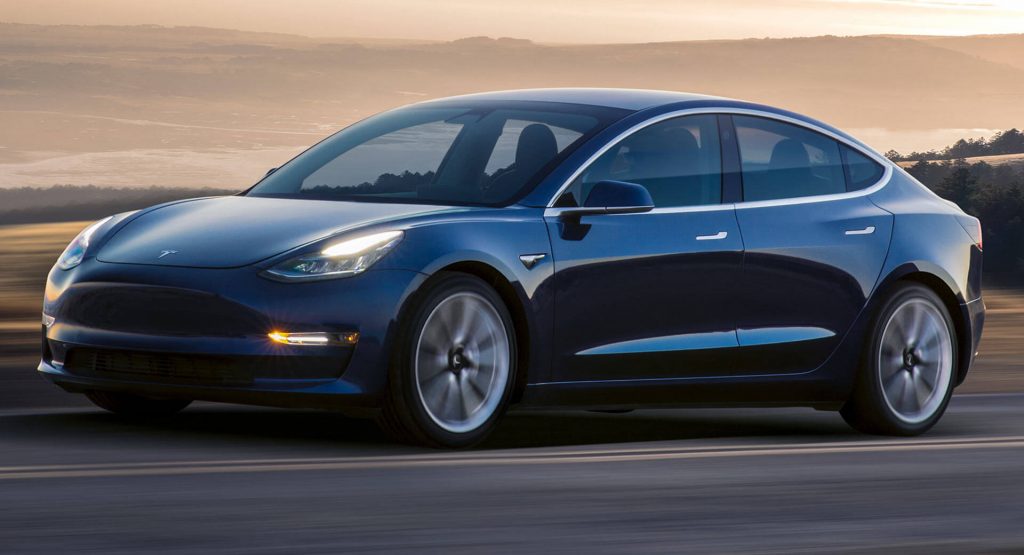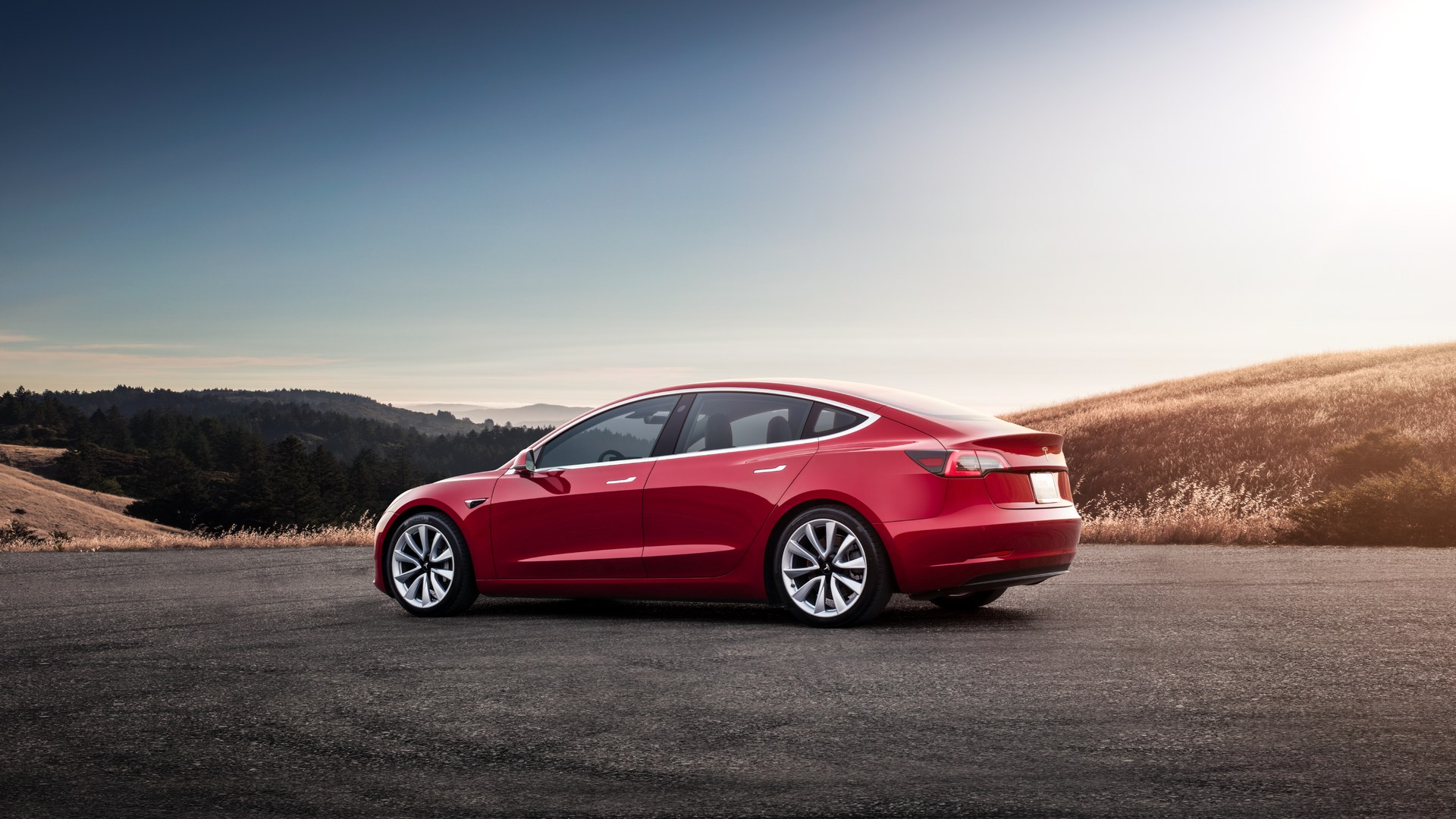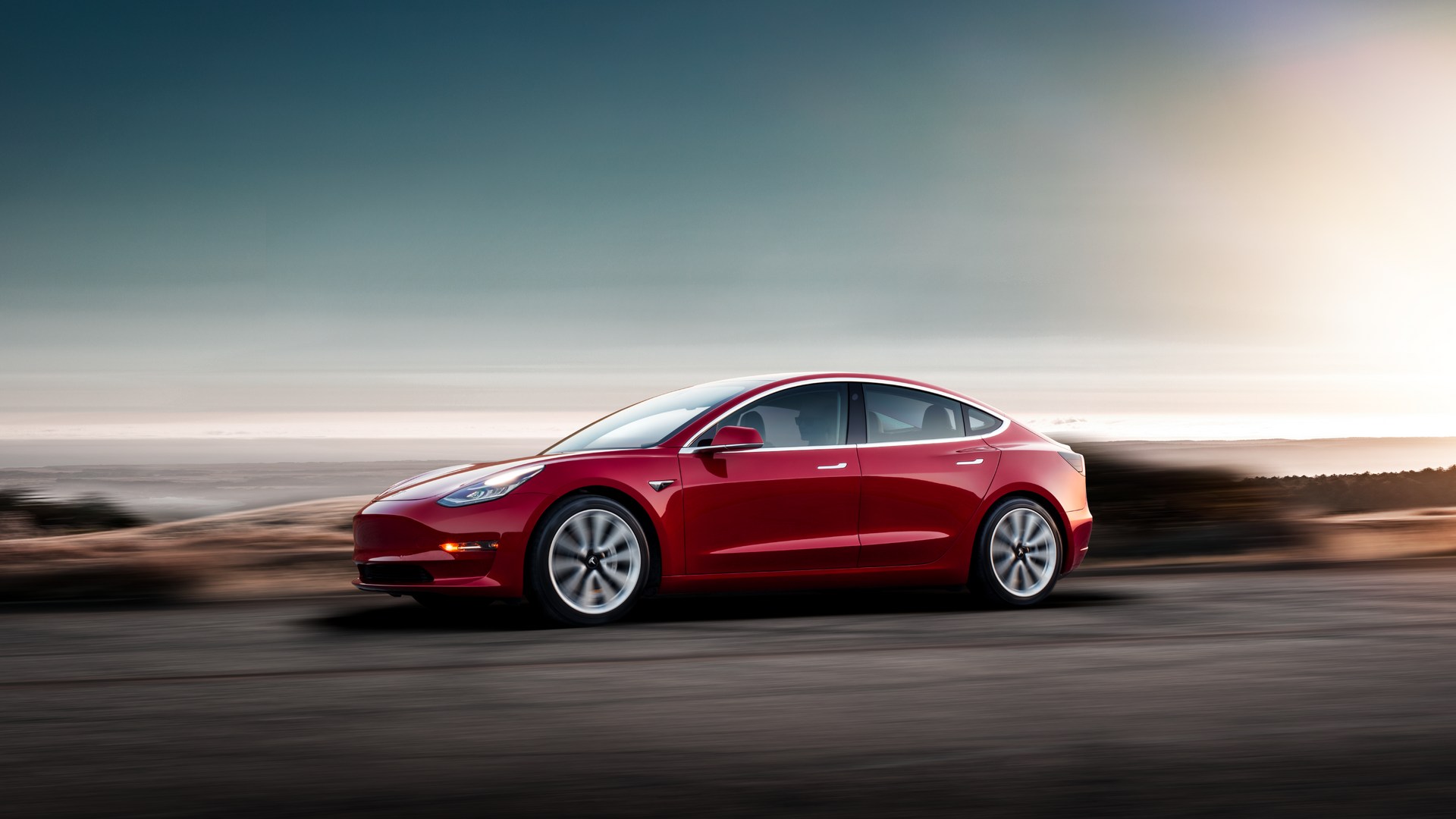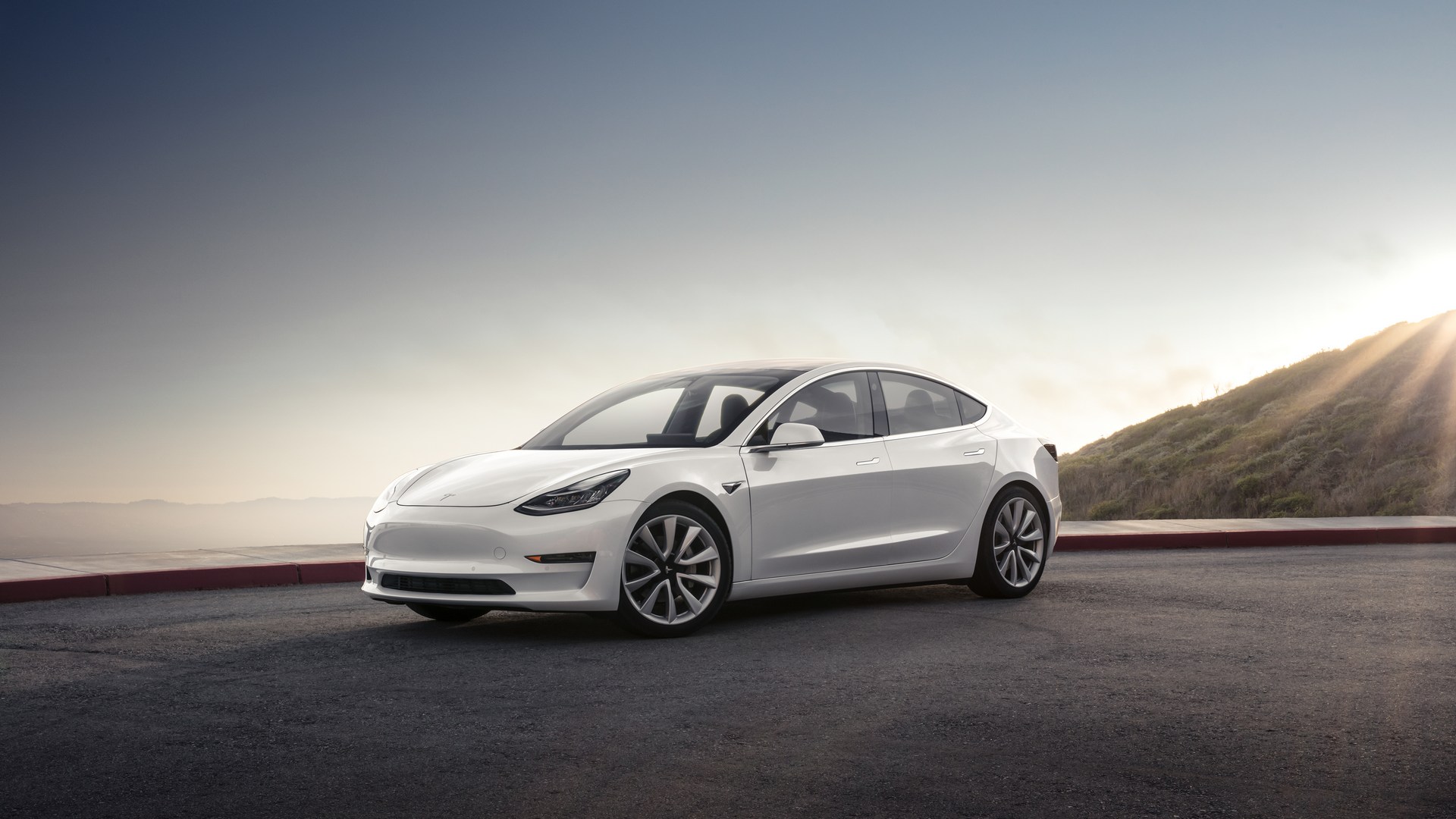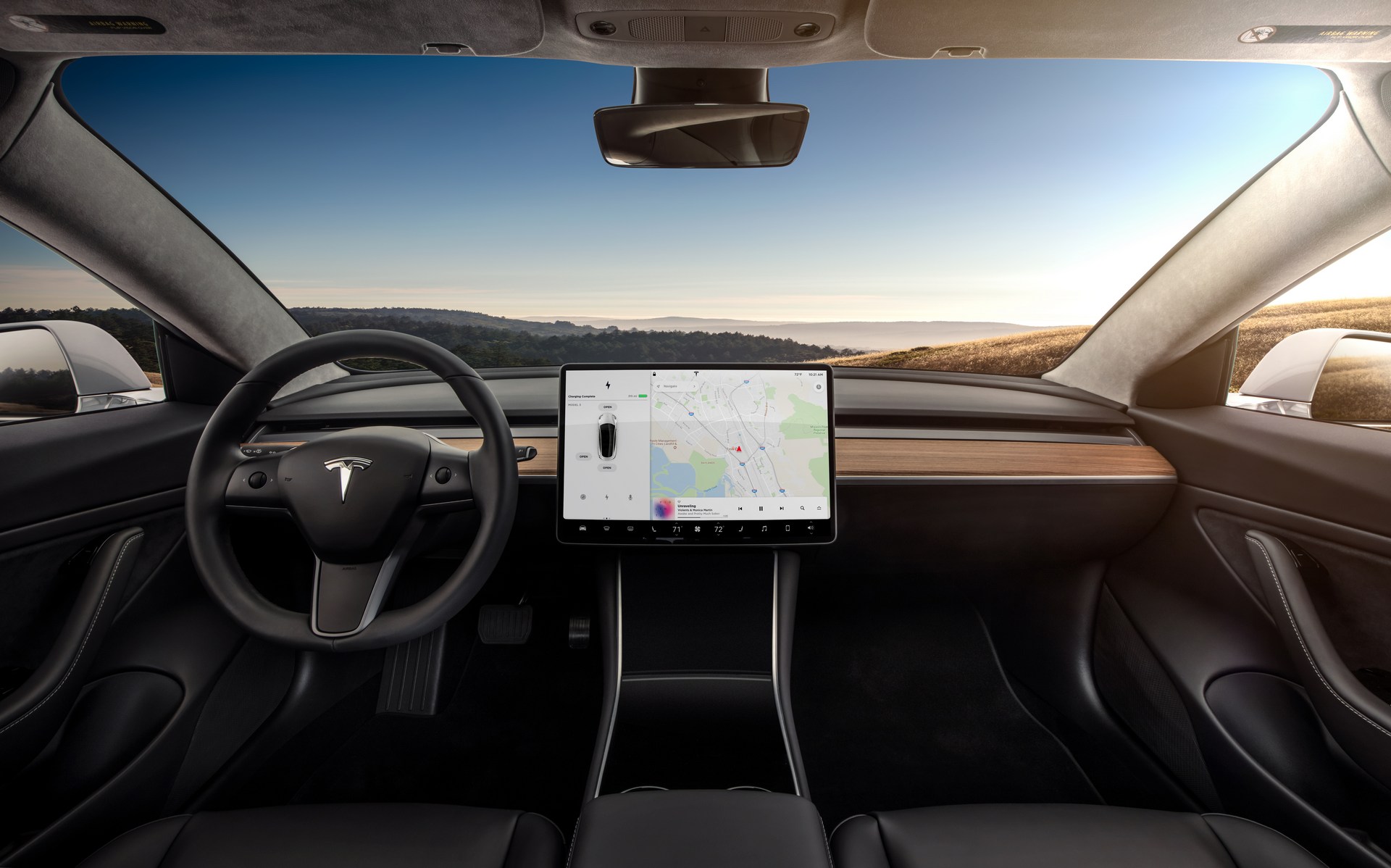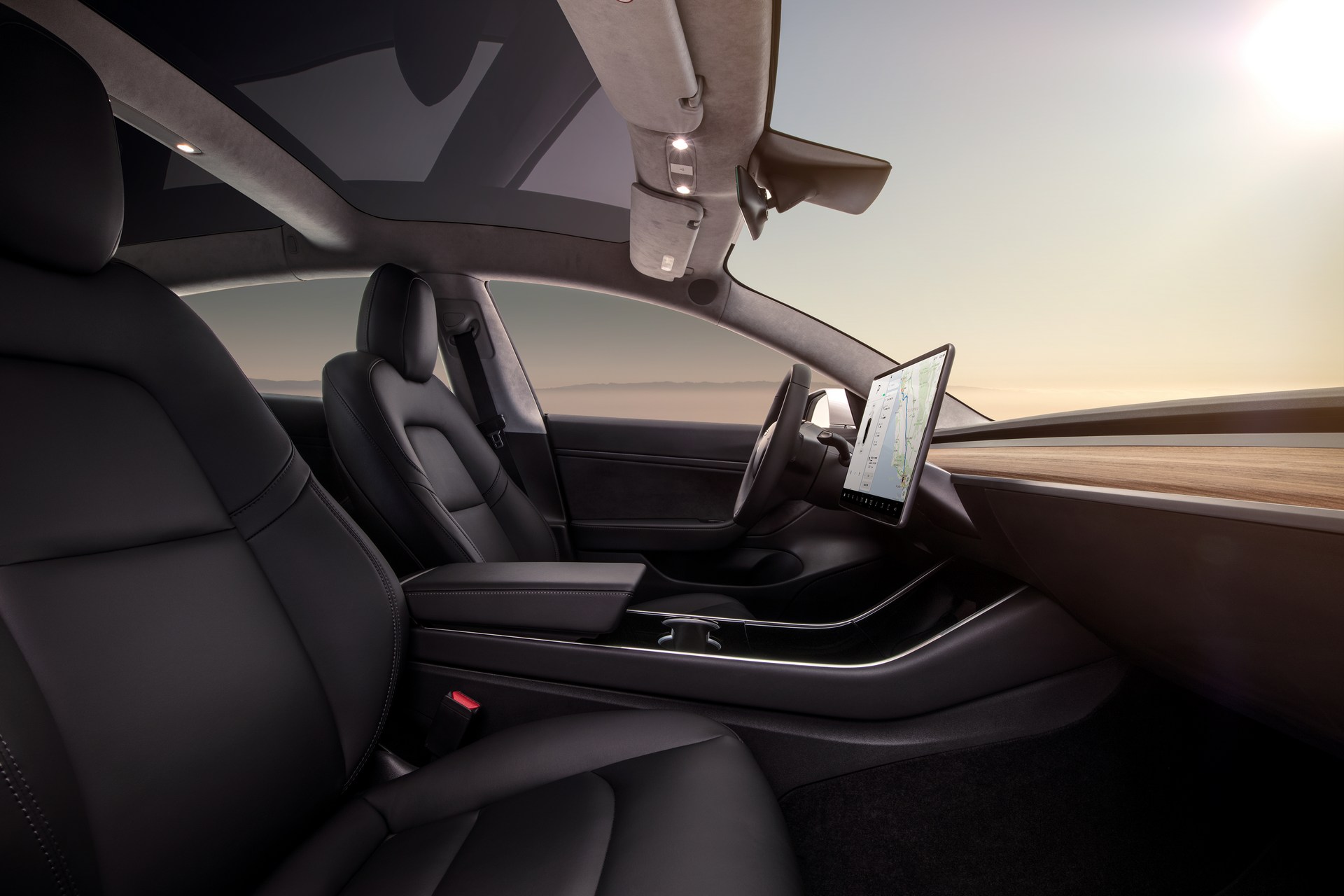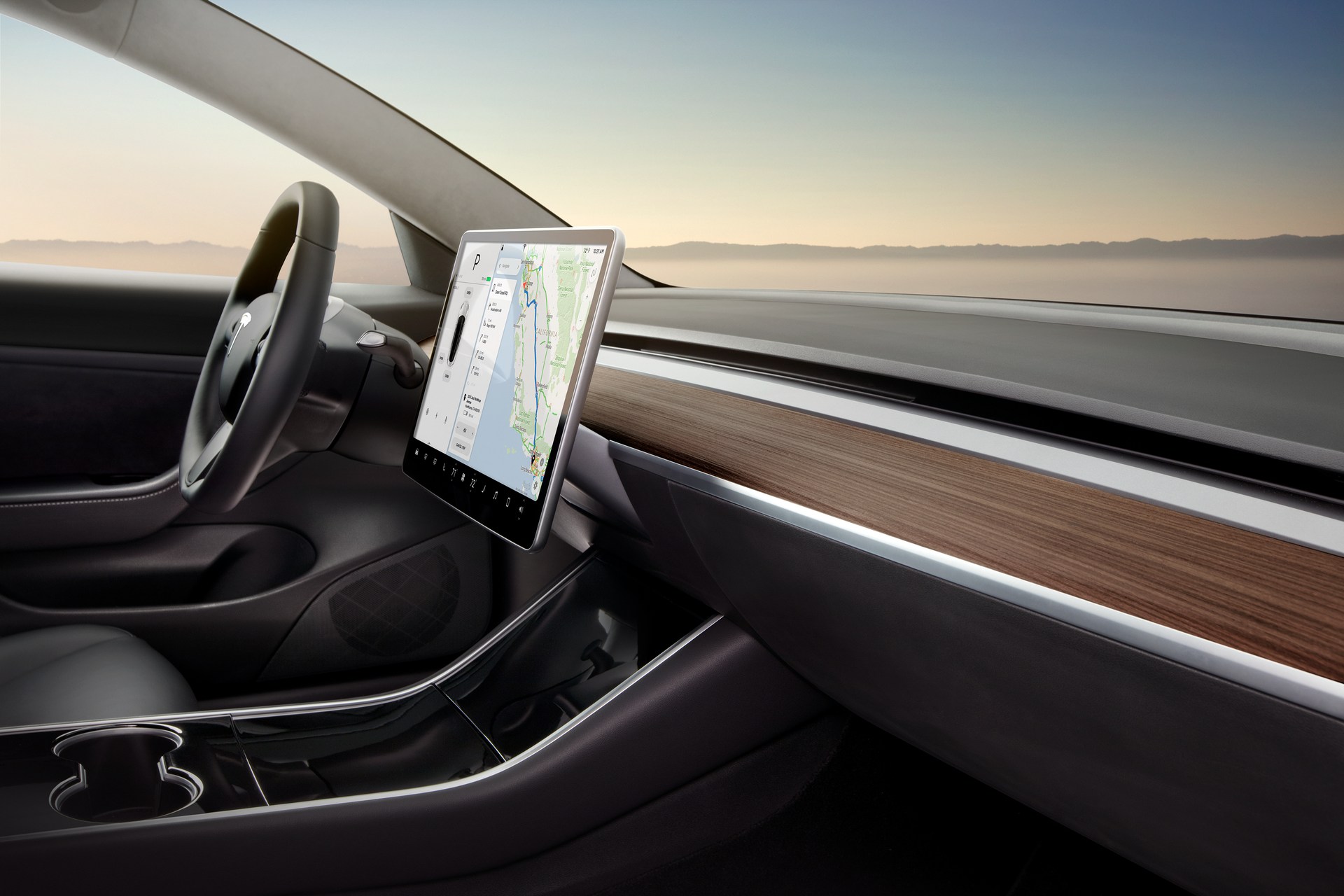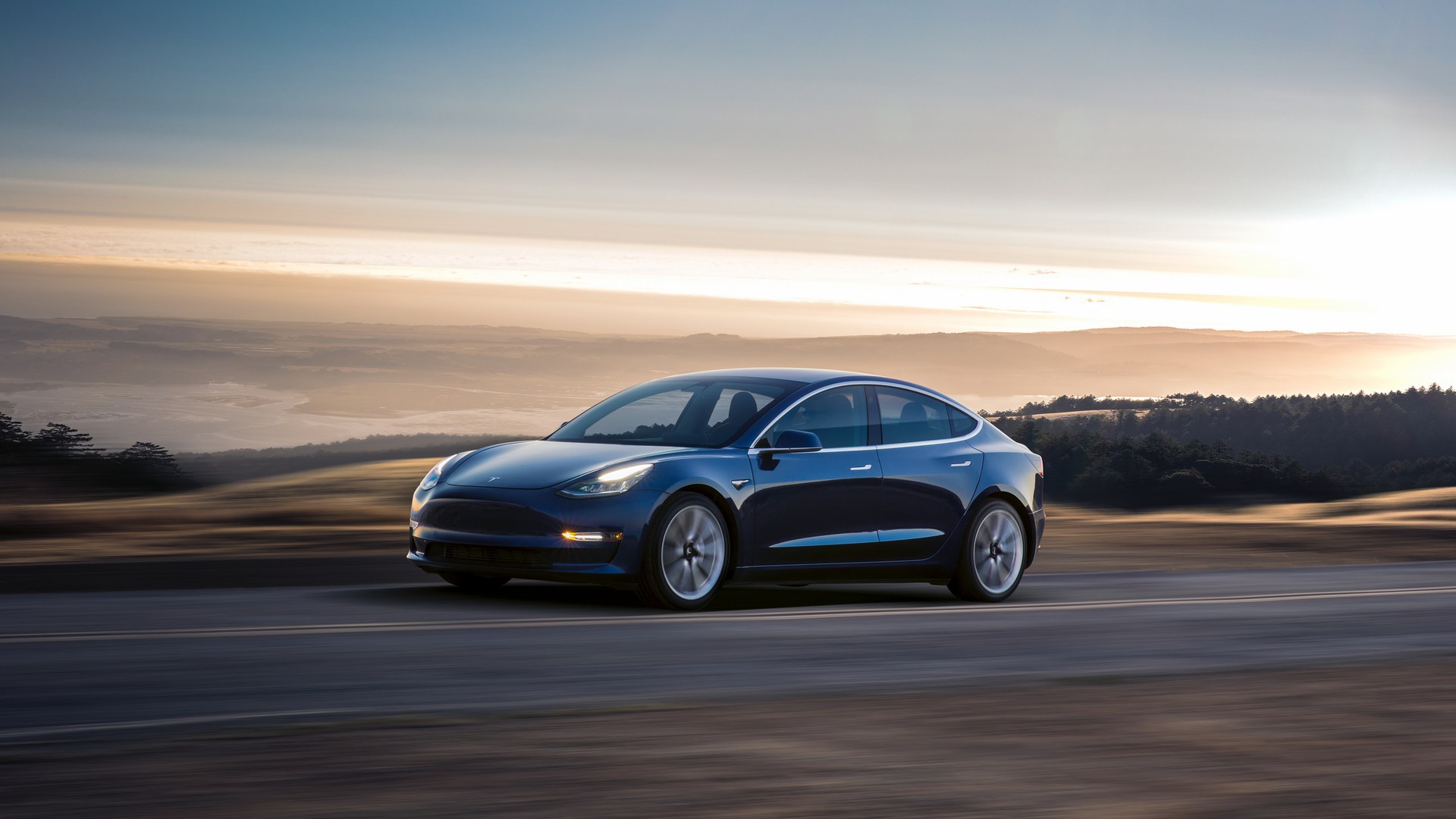Tesla has been touting the Model 3’s $35,000 price tag for years but the truth is, you still can’t get one for anywhere near that.
Instead, the car launched with the optional long-range battery which enables the Model 3 to travel 310 miles (498 km) on a single charge. This is a significant improvement over the base model – which can only travel 220 miles (354 km) between charges – but it raises the price of the Model 3 by nearly $9,000. This makes the car more expensive than rivals such as the Chevrolet Bolt and Nissan Leaf.
Unfortunately, fans looking to get their hands on the base model are in for a bit of a wait as Car and Driver reports the entry-level Model 3 has been pushed back to “late 2018.” As a result, it is scheduled to arrive after the all-wheel drive variant which is pegged for the middle of this year.
The delay is disappointing and it could have serious implications for customers as Tesla is close to hitting the 200,000 vehicle limit which enables their models to be eligible for a $7,500 federal tax credit in the United States. The rebate wouldn’t go away instantly but the magazine notes it would be reduced to $3,750 for the first six months after the 200,000th vechile is sold. The rebate would then be cut to $1,875 for the next six months. Afterwards, Tesla models wouldn’t be eligible for any federal rebates unless the government decides to expand the program.
If Tesla can’t deliver the base model before the rebate expires, it would significantly impact consumers who are most likely price sensitive. $7,500 isn’t exactly pocket change and some might think twice about the Model 3 if the car isn’t eligible for the full rebate.
The issue has already played itself out in a number of states that offered incentives which then expired or were eliminated. In Georgia, the state offer a $5,000 credit towards the purchase of eco-friendly vehicles but once it went away, sales of the Nissan Leaf plummeted.








